The Karma Revero Is Much More Than a Rehash of a Former Failure

Just a few short moments ago, I was converted.
No, not by electric drivetrains or other alternative sources of transportation fairy dust.
I was converted by the four men in charge of the Fisker Karma’s resurrection — now called the Karma Revero — into believing the company’s viability as a future going concern.
After being purchased by Wanxiang Group of China, which has many businesses in the automotive parts supply space, the Karma and the company behind it took a lot of flack.
For one, a Chinese entity was buying up a company that, for all intents and purposes, existed because of the American taxpayer. Its automotive venture relied on loan guarantees made by the United States Department of Energy’s Advanced Technology Vehicles Manufacturing Loan Program. Fisker Automotive drew $192 million from the program and paid back a scant $21 million before going belly up.
It’s that rocky past that had me (and many others) thinking the Karma was a sure sign of failure — beautiful failure, but failure nonetheless — that should have stayed a footnote in American automotive history. However, Fisker and one of its suppliers, A123 Systems, which helped force the luxury electric vehicle manufacturer (and itself) into bankruptcy, represented an opportunity to Wanxiang Group: a unified front into the luxury EV market.
Wanxiang purchased A123 in 2013 and Fisker just over a year later.
Fast forward to today and not much has been said about the former Fisker, now Karma Automotive, in the news over the last two years — but that doesn’t mean the company has been sitting idle.
Instead, Karma Automotive — with a massive Chinese bankroll — has been quickly hiring new employees after the previous bankruptcy left the company with just 22 people on the payroll (or not-so-payroll, as those 22 people continued to work without pay during the worst of times). Now the total employee headcount at Karma Automotive is just south of 700, and the company expects to add another 200 people or more before the end of the year.
Not all of those employees are working on the Revero, a reprise of Henrik Fisker’s grand touring dreams, though many of them are. The Revero has received new batteries, again from A123 Systems, and a whole new wiring harness to replace the one that had been patch-engineered time and time again. A new infotainment system, built upon QNX, eliminates the staggering lag and performance issues of the last system. The Revero team has made NVH improvements, increased the size of the battery ever so slightly to 21.4 kWh, and even added fast-charging capability to a car that — remember — was initially engineered eight years ago.
And even this massive hiring spree and engineering triumph didn’t sell me on Karma’s future viability.
But four men did.
One of those people is Alexander Klatt, Karma Automotive vice president of global design and architecture. During a question and answer period with journalists, the look on Klatt’s face resembled that seen on a eight-year-old child bringing home a pillowcase filled with Halloween candy. The German was ecstatic to finally see his project through.
Jim Taylor, a Canadian with vast experience working on many General Motors brands, explained Karma’s name — “Karma is an awareness that what you’re doing is intentional,” he said — while also being ultra realistic about Revero delivery dates. Asked what could hold up the Karma reprise, Taylor simply stated, “You don’t know what you don’t know until you come out the other side of testing.”
Carl Jenkins, a Brit with multiple stints on Ford and FCA projects, explained his track record of turning around projects destined for failure. He laid out all the issues that affected the former Karma, and explained what they did to solve them, including the ground-up electrical rebuild desperately needed to improve reliability. Massive effort went into rolling out new infotainment for relaunch, because the old system “was so slow and unresponsive we had a lot of cracked screens” from Karma owners stabbing them in frustration.
Responsibility for that new infotainment system fell primarily on Toyota alum Jason Schulz, but don’t for a moment think the Karma’s infotainment system will look anything like Lexus Enform — it’s gorgeous.
It’s not just me that these men have convinced. Of the 1,000 former and current Fisker Karma owners in North America, 80 of them have put down deposits on the new and improved iteration. Let’s be clear: 80 people have put down deposits on a car they already own, but just want to have a better version of. Selling price? $130,000 — to start.
While the gents in charge wouldn’t give us a solid delivery date, the car is expected to arrive at dealers early enough that it can be called a 2017 Karma Revero. The company, still based in California, will build the Revero in Moreno Valley, California, some 60 miles away from its new headquarters in the former Kawasaki building.
As for the Delaware facility purchased by Fisker and owned by Karma, “We have plans for it,” Klatt said without divulging any additional info. Though if you think Karma needs 900-plus employees just to built the Revero, maybe you should Surf the Sunset on the Atlantic and open your mind to the possibilities.

More by Mark Stevenson
Latest Car Reviews
Read moreLatest Product Reviews
Read moreRecent Comments
- SCE to AUX "...to help bolster job growth and the local economy"An easy win for the politicians - the details won't matter.
- Kjhkjlhkjhkljh kljhjkhjklhkjh so now we will PAY them your tax money to build crappy cars in the states ..
- SCE to AUX Yes, I'll miss it, and it doesn't make sense to kill off your 3rd-best seller. 2023 was its best year since 2018.
- SCE to AUX This was the same car I had (05 xB, stick, "camouflage" color) for 7 years - great car.We called ours "The Lunchbox". I added aftermarket wheels, and the 3rd-party cruise control the dealers could install.It suffered only two failures: bad window switch in week 2 (dealer fixed in 1 hour), bad trailing O2 sensor (fixed myself for $70). Fuel economy was always 28-34 mpg.It was a potential death trap, and ride quality became unbearable after 2 hours. I once did a 10-hour round trip in it and could barely walk after.Traded it for a 2012 Leaf, which was a better car in some ways.
- Bd2 The "e" nomenclature signifies the e-ATPs which BMW is pursuing.
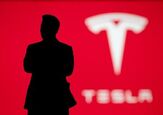
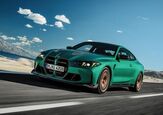

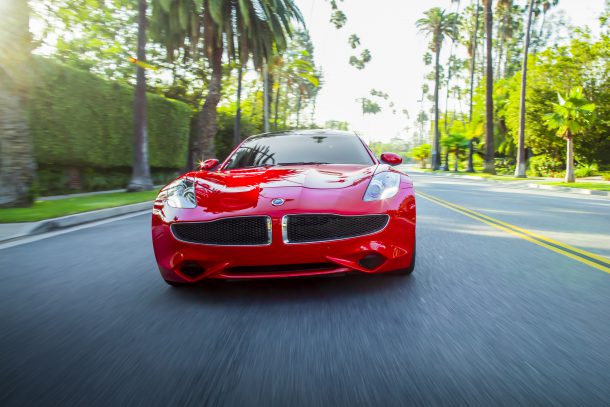















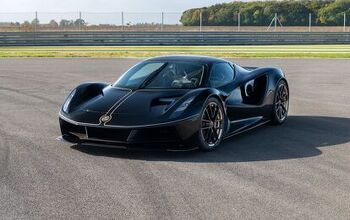
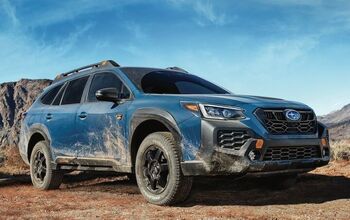
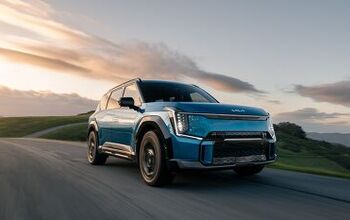
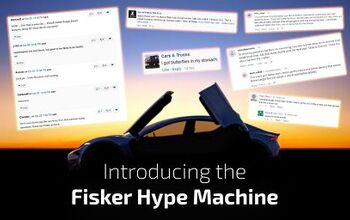
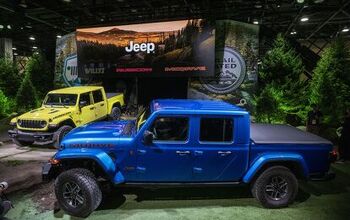

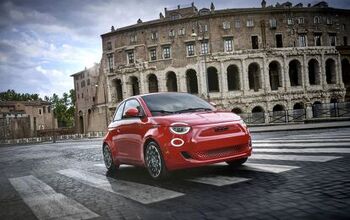


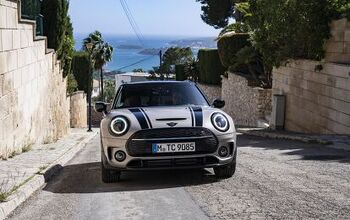
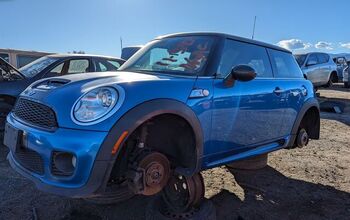

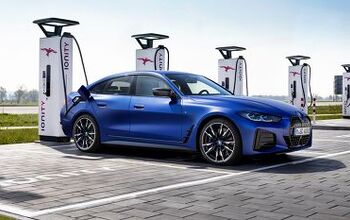
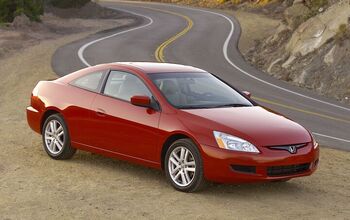

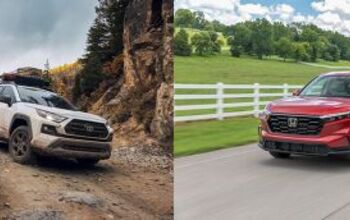
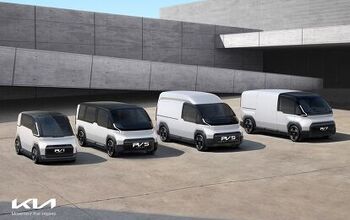

Comments
Join the conversation
I'm curious, who made off with all the dough that Karma burned? Is the FBI doing due diligence here? "Follow the money"
Mark, thanks for including the bit about the Wilmington factory. About a month ago there was some activity there over a weekend but otherwise it's been quiet as the grave.